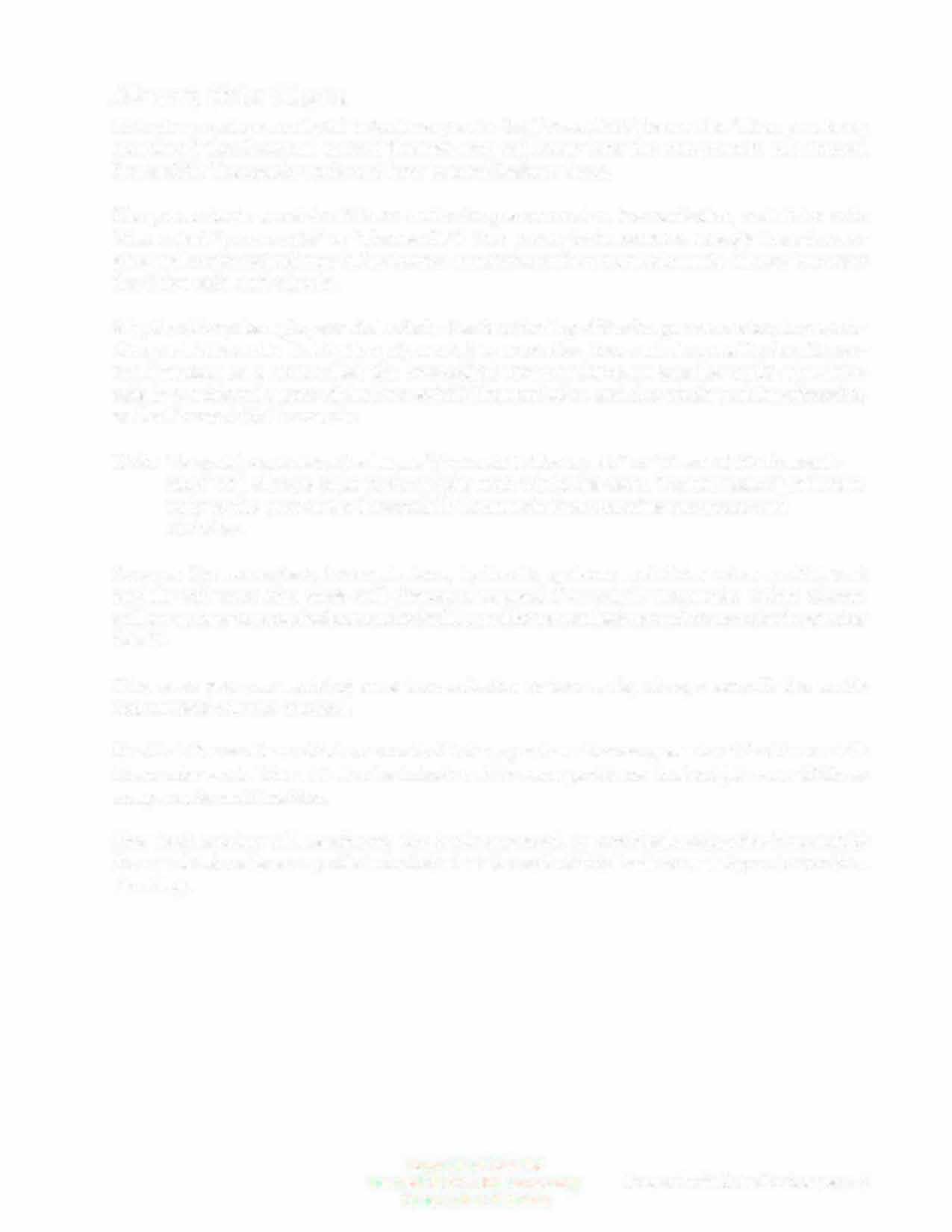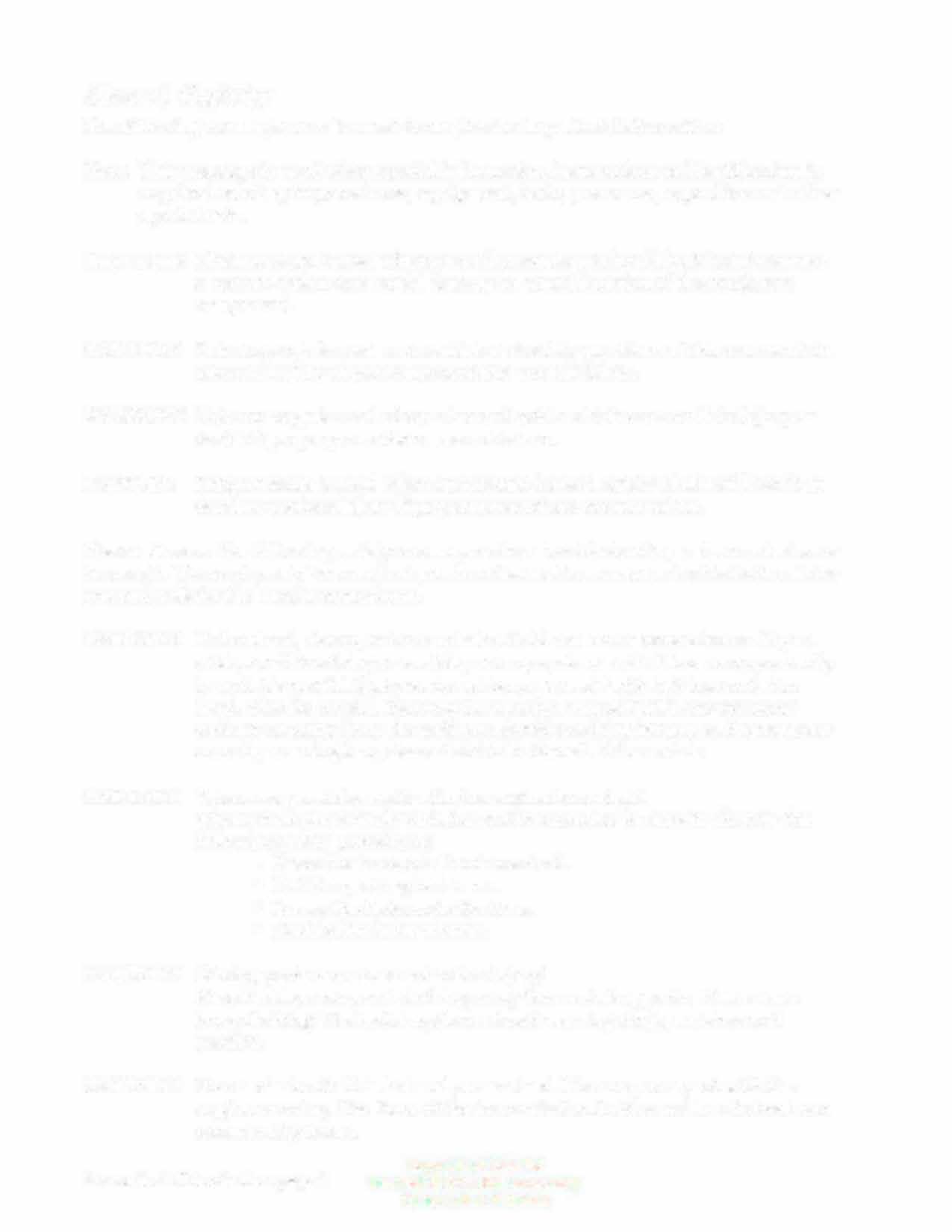
3 minute read
About safety................................................................................................. 4 Section 1. Introduction to the Powershift Trans axle
About this Class
This class and manual will introduce you to the Powershift Transaxle. When you have completed the class and passed the test, you will know how the components of a typical Powershift Transaxle work and how to troubleshoot them.
The power train consists of three units: torque converter, transmission, and drive axle (also called "power axle" or "Transaxle"). The power train receives energy from the engine and converts it through the torque converter and transmission into energy to power the drive axle and wheels.
A hydraulic system plays a vital role in the functioning of the torque converter, transmission, and drive axle. In Clark equipment, the converter, transmission and hydraulic system function as a unit called the Powershift Transmission. In smaller units, the drive axle is considered a part of the Powershift Transmission and the whole unit is referred to as the Powershift Transaxle.
Note To avoid confusion, the terms "Powershift Transaxle" or "Powershift Transmission" will always refer to the whole unit, while the term "transmission" will refer only to the part of the Powershift Transaxle that contains the gears and clutches.
Because the converters, transmissions, hydraulic systems and drive axles on different models will vary, this class will discuss a typical Powershift Transaxle. Other classes will cover how to troubleshoot and rebuild specific transmissions and transaxles in greater detail.
Whenever you are working on a transmission or transaxle, always consult the unit's appropriate service manual. The first five sections of this manual will show you how the components of the Powershift Transaxle work. You will also be introduced to some problems that might occw· if these components malfunction. The sixth section will teach you the basic approach to troubleshooting the Powershift Transaxle. A reference guide is included at the end of this book to assist you in troubleshooting.
About Safety
The following messages may be used to emphasize important information:
Note This message is used when special information, instructions or identification is required relating to procedures, equipment, tools, pressures, capacities and other special data.
Important This message is used when special precautions should be taken to ensure a correct action or to avoid damage to or malfunction of the truck or a component.
CAUTION
This message is used as a reminder of safety practices which can result in personal injury if proper precautions are not taken. WARNING This message is used when a hazard exists which can result in injury or death if proper precautions are not taken.
DANGER
This message is used when an extreme hazard exists which will result in death or serious injury if proper precautions are not taken. Please observe the following safety messages when troubleshooting a transmission or transaxle. We want you to be sw·e that you troubleshoot in a manner that is both safe for you and safe for the people around you. CAUTION
Hot coolant, steam, or transmission fluid can cause severe burns. If possible, avoid touching or working on any system until it has an opportunity to cool. Be careful that you do not burn yow·self with hot transmission fluid. Also, be careful that you do not burn yourself with any steam or coolant escaping from the radiator. Avoid touching hot parts. Protect your arms by wearing long sleeved shirts buttoned at the wrists.
CAUTION
Whenever possible, work with the engine turned off. When you have to work with the engine running, be sure to observe the following safety procedures: • Place the transmission in neutral. • Put the parking brake on. • Lower the forks onto the floor. • Double block the wheels.

CAUTION
Moving parts can cause extensive injury! Keep hands, arms, and clothing away from rotating parts. Never wear loose clothing. Tie back long hair. Avoid wearing rings, watches and jewelry. Transmission fluid is hot and pressurized. Never open a port with the CAUTION engine running. The force of the transmission fluid cause bodily harm. Power Train Introduction page 4 Copyrighted Material Intended for CLARK dealers only as well as its heat can



